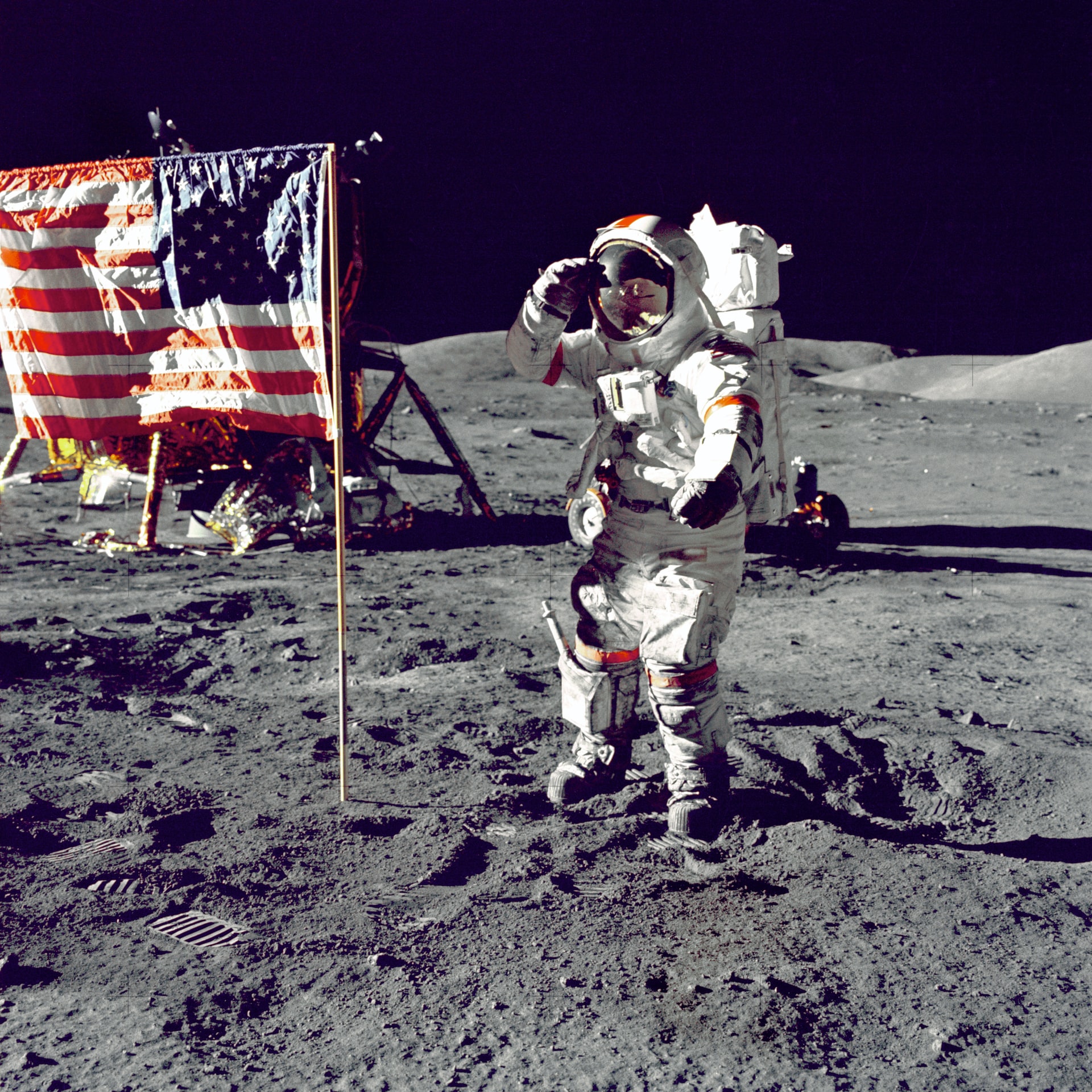The Artemis mission is being actively developed for the sake of humanity’s return to the Moon. The SLS launch vehicle with the Orion orbital module has already passed the test tests and the Artemis I mission will be launched later. Although the return of man to the Moon will not take place soon, NASA is already actively developing a new generation of spacesuits for astronauts. But this process is progressing rather slowly due to the difficulties that engineers face. The space agency told about the difficult development process in the video.
“A spacesuit is, in fact, an autonomous environment. In fact, it’s a mini-spacecraft that wraps tightly around the human body,” says Don Barker, head of the spacesuit architecture department at NASA.
Danger on the Moon
When it comes to interplanetary missions, the biggest challenge that spacesuit developers face is to keep the suit mobile and at the same time protect the user from dangerous dust. Barker explains that the dust on the Moon is strikingly different from the dust on Earth.
“Lunar regolith is a very fine-grained material. Under a microscope, you can see that it is smaller in size than a dust particle of the ground, but very sharp, like broken glass. Because of the fine dispersion, lunar dust gets everywhere and even poses a threat to the tissues of the human body – it can even injure,” explains Barker.

NASA notes that while the astronauts of the Apollo missions half a century ago had enough suits for only a few days on the Moon, future missions can last for weeks, months or even years. Therefore, the suits must be strong enough to withstand the prolonged influence of lunar dust. Possible solutions include adding a special protective layer or a system to repel dust, although research is still ongoing.
Who sews suits?
Last month, NASA awarded contracts for the development of spacesuits to two companies: Axiom Space from Texas and Collins Aerospace from North Carolina. Collins Aerospace has partnered with Oceaneering and ILC Dover, who have developed a spacesuit used by lunar astronauts, as well as for spacewalks outside the International Space Station (ISS) in recent years.
The new spacesuits will be used for the Artemis III mission, which aims to bring the first woman and the first African American to the surface of the Moon by the end of this decade.
Follow us on Twitter to get the most interesting space news in time
https://twitter.com/ust_magazine

